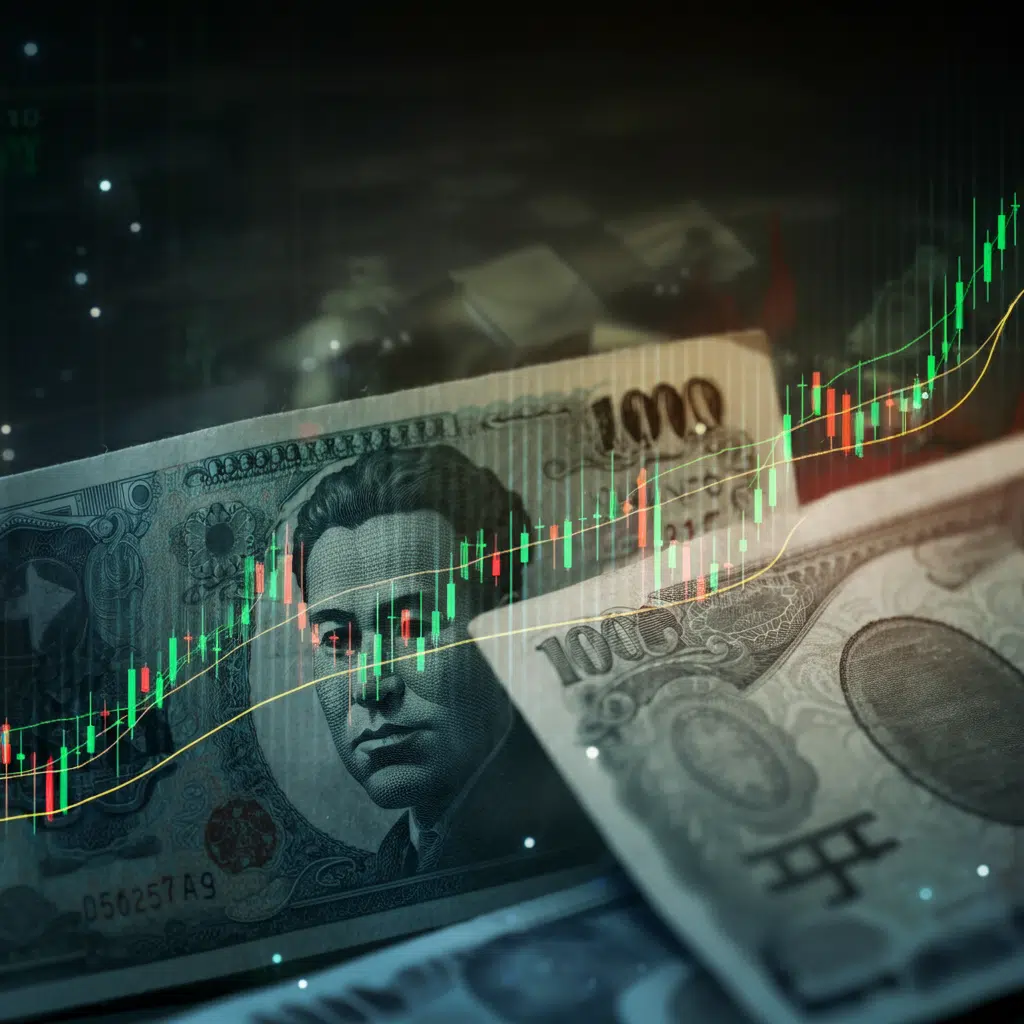This week saw contrasting performances across global markets, with Asian shares dipping under pressured economic conditions, while the Japanese yen gained momentum. Investors are closely monitoring these developments alongside tariffs, inflation data, and policy shifts. Wall Street, meanwhile, ended November on a high note, boasting its biggest monthly gain in a year. Here, we explore the dynamics driving Asian equity markets, the Japanese currency’s exceptional performance, and the broader global market trends.
Asian Markets Show Signs of Weakness
Asian equities faced a mixed bag this week, culminating in losses for many major indices. The MSCI’s gauge of Asian-Pacific shares outside Japan declined by 2.35% for the month. Among the hardest hit was Tokyo’s Nikkei 225 index, finishing November with a month-to-month drop of 2.23%. These losses come in the wake of new tariff threats from President-elect Donald Trump, casting potential shadows over key economies in Asia and their trading ties with the United States.
China was not exempt. Investors in Shanghai and Hong Kong experienced a muted trading atmosphere, further dampened by concerns over weakening consumer demand and slower economic recovery post-pandemic.
Tariff Risks Loom Over Key Exporters
Trade tensions have resurfaced, with Donald Trump pledging to impose 10% tariffs on Chinese imports, alongside additional levies targeting Mexico and Canada. Asian economies are bracing themselves for a ripple effect, while key Asian exporters, particularly those heavily reliant on global supply chains such as tech and automotive sectors, are grappling with uncertainties over reduced cross-border demand.
Japan’s Yen Posts Best Week in Four Months
Defying the downward trend in Asian shares, Japan’s yen emerged as the star performer of the week, marking its strongest weekly gain in four months. The yen appreciated by 1.25% to trade at 149.65 against the dollar. At one point, it touched 149.46, a level not seen since late October.
This resurgence was triggered by speculation of rate hikes by the Bank of Japan (BOJ), fueled by hotter-than-expected inflation data in Tokyo and the Japanese government’s stimulus budget announcement. Analysts believe the yen’s performance is an early indicator of Japan’s ability to remain resilient as it pushes for economic growth despite global headwinds.
Efforts to Curb Yen Devaluation
The BOJ has faced increasing scrutiny in recent months for its ultra-loose monetary policy, which has contributed to the yen’s earlier declines. However, this week’s sentiment paints a different picture. With inflation in Tokyo heating up, investors have heightened expectations for tighter monetary policies in the future. This could pave the way for more robust yen performance into next year, particularly if economic conditions in Japan show signs of sustained improvement.
Wall Street Caps Off November in Style
Despite weaker performance in parts of Asia, Wall Street ended November on a high note. The S&P 500 leapt 5.14%, recording its best monthly gains since November 2023, while the Nasdaq surged by 6.2%, its highest since May. Boosted by optimism surrounding post-election policies aimed at economic growth, U.S. stocks benefitted from rollback pledges on regulations and promises to stimulate domestic industries. Additionally, continued investor enthusiasm for artificial intelligence stocks further bolstered tech-heavy indices.
Dollar Weakens Amid Global Shifts
Adding to the Wall Street rally, a subdued U.S. dollar helped multinational corporations listed in the S&P 500. The dollar index closed at 105.79, edging down 0.26% after witnessing a 1.4% drop over the week. Key drivers behind this dip included a weaker outlook for U.S. interest rates and growing optimism for currency counterparts like the yen and the euro.
Inflation and Interest Rates Dictate Sentiment
Globally, the question of interest rate cuts continues to be a focal point. U.S. Federal Reserve officials are softening their stance, with futures traders marking a 65% probability of a 25-basis-point cut at the December meeting. Potential cuts could bring the U.S. federal funds rate down to a range of 4.25%-4.50%. However, longer-term prospects for aggressive rate decreases are viewed more cautiously, potentially limiting future tailwinds for the dollar.
Meanwhile, European Central Bank (ECB) rate adjustments remain a topic of debate. Despite hawkish comments from board member Isabel Schnabel, markets are largely pricing in a 25-basis-point reduction to 3% in December. Inflation data from the eurozone is lending support to this outlook, indicating higher price pressures but falling within manageable levels.
Gold and Oil Reflect Evolving Market Conditions
Global commodity prices also reflected shifts in market sentiment. Gold gained 0.42% to close at $2,652.09 per ounce, citing safe-haven appeal amid fluctuating currencies. Conversely, crude oil prices softened slightly, with Brent trading at $73.06 per barrel. These moves were pressured by the recently signed Israel-Hezbollah ceasefire, which calmed earlier supply fears.
Key Takeaways for Investors
For investors navigating the current landscape, clear opportunities and risks lie ahead. Asian markets face continued pressures from trade uncertainties, but Japan’s yen is signaling optimism for those seeking refuge in currency markets. Meanwhile, Wall Street’s robust November suggests U.S. equities could remain appealing, especially with tech and AI-focused investments driving the rally.
However, as tariff talks evolve and central bank policies maintain a cautious tone, market volatility is likely to persist. Monitoring inflation data, currency movements, and policy announcements will be pivotal for making informed investment decisions in the months to come.
A Global Economy in Transition
These varied developments underscore how interconnected global markets remain. From Japan’s strengthening yen to Wall Street’s strong monthly close and Asian markets grappling with challenges, the economic landscape is rapidly evolving. How central banks and governments react to these shifts will determine the pace and success of economic recovery across regions. For now, markets are cautiously optimistic, navigating uncertainties but holding onto pockets of opportunity.


